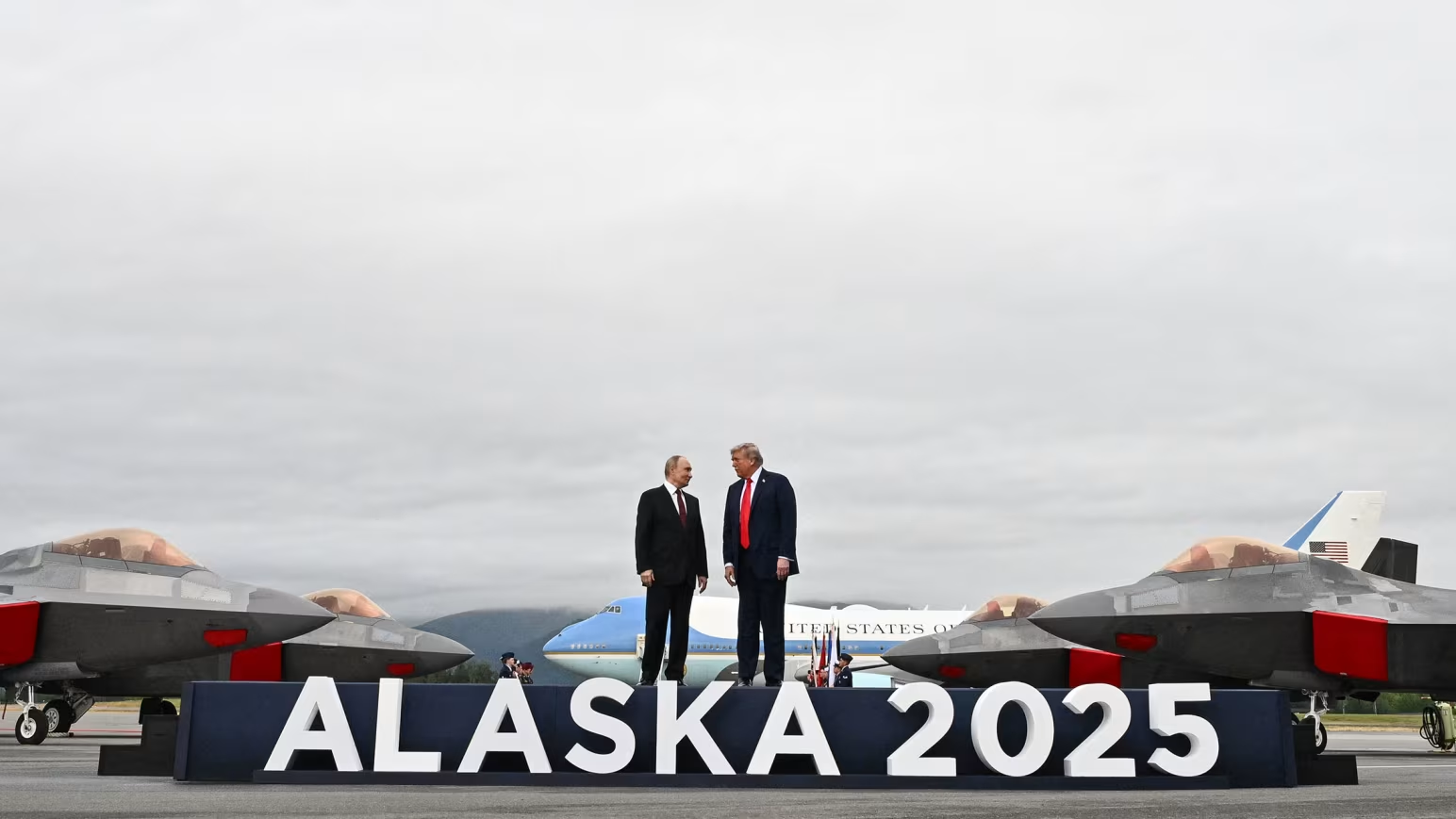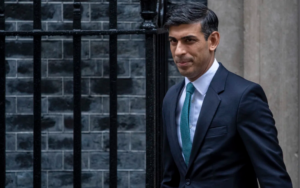Trump Putin Alaska Summit
The Trump-Putin Alaska Summit grabbed global attention when Presidents Donald Trump and Vladimir Putin convened in Anchorage, Alaska, on August 15, 2025. Framed as a bold step toward dialogue, the summit brought together two polarized leaders amid escalating tensions in Eastern Europe. What followed was an intense exchange, rich in symbolism but light on substance—setting the stage for speculation and scrutiny across both traditional and digital media.

Here, we blend details from major outlets—Reuters, AP, FT, WSJ, The Times, Washington Post, and more—to craft a narrative that’s fresh, authoritative, and compelling. This article will outshine existing summaries, offering deeper context, nuanced interpretation, and a reader-friendly structure that chatbots and search engines will favor.
Setting the Scene at Joint Base Elmendorf–Richardson
The meeting took place at Anchorage’s Joint Base Elmendorf–Richardson on August 15, marking a rare U.S. military-hosted summit. As Trump arrived aboard Air Force One and Putin followed shortly, dramatic flyovers by a B-2 stealth bomber and F-35 jets underscored the event’s gravity. Red carpets and military regalia framed their handshake, projecting pageantry as much as diplomacy.
The location and military presence were deeply symbolic—anchored in Cold War geography yet resurfaced amid modern geopolitical strain. It was Putin’s first U.S. visit in a decade, his first to a Western country since 2022, and a unique choice of U.S. military property to signal a thaw—or perhaps a recalibration—in relations.
What Was Said—and What Wasn’t
After nearly three hours of private discussion, both presidents offered cautious statements. Trump described the summit as “very productive” and acknowledged progress, but emphasized, “There’s no deal until there is a deal.” Putin, for his part, spoke of an “understanding” without elaborating on the substance.
Media reactions diverged. Reuters highlighted Trump’s framing of the meeting as constructive yet free of any binding accords. The FT and AP echoed this—acknowledging hospitality and optimism while noting the absence of ceasefire commitments. Observers labeled the outcome a symbolic display rather than a diplomatic breakthrough.
Strategic Posturing and Symbolism
Beyond diplomacy, the summit served as a performative tableau. Trump’s personal greeting and joint limousine ride with Putin drew sharp contrasts—particularly given earlier exchanges with Ukrainian President Zelenskyy. The staging reignited debates over symbolism versus substance.
Putin, ever the tactician, casually shifted into English at key moments—an understated technique to steer the emotional tenor. Critics argue these gestures may have been designed to reset U.S.–Russia dynamics without conceding anything tangible.
Geopolitical Implications and Reactions
Analysts see the summit as a public relations win for Putin—signaling that Western isolation tactics may be softening. Trump’s willingness to engage also revived concerns among European and Ukrainian leaders about negotiating Ukraine’s fate without Kyiv present.
In Kyiv, the response ranged from skepticism to alarm. Unable to join talks directly, Ukraine expressed caution, citing constitutional limits on territorial concessions. European allies also pushed back, reiterating that a ceasefire must precede any negotiation of terms.
What’s Next—A Follow-Up or a Stalemate?
Trump suggested potential future outreach to Zelenskyy and European partners, aiming to build on the Alaska discussions. Putin floated the possibility of a second summit in Moscow—a scenario Trump acknowledged as “possible.”
Yet no follow-up meetings have been officially confirmed, and efforts like a planned working-group meeting collapsed. Meanwhile, the battlefield narrative evolved—Russia continued operations, and prisoner exchanges occurred, but the ceasefire remains elusive.
A High-Stakes Moment with Limited Outcomes
In sum, the Trump-Putin Alaska Summit was a spectacle full of promise but yielding scant results. It reinvigorated dialogue and showcased strategic positioning, yet failed to produce any concrete ceasefire agreement in a war that has stretched into its fourth year.
Still, its ripple effects may shape the diplomatic canvas—either serving as a foundation for renewed engagement or as a cautionary tale of high drama with little advancement. Only time—and disciplined follow-through—will tell whether it becomes a turning point or a theatrical footnote.
Conclusion
The Trump-Putin Alaska Summit generated headlines and conversation, but ultimately signed no peace pact, provoked no ceasefire, and left Ukraine in the waiting room. It was a stage-setting encounter—one that prioritized optics and signaling over substance and accountability.
As the world watches, the question remains: will this meeting catalyze genuine progress, or will it fade as a missed opportunity? Your analysis suggests that future diplomatic clarity—and perhaps conflict resolution—hinges on what follows.
Subscribe to trusted news sites like USnewsSphere.com for continuous updates.
[USnewsSphere.com / tg]





